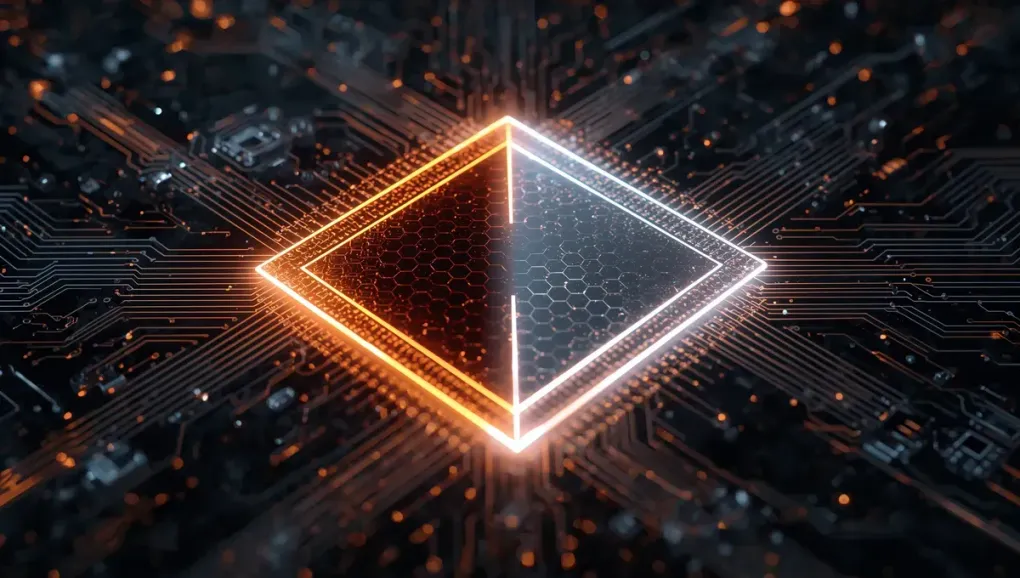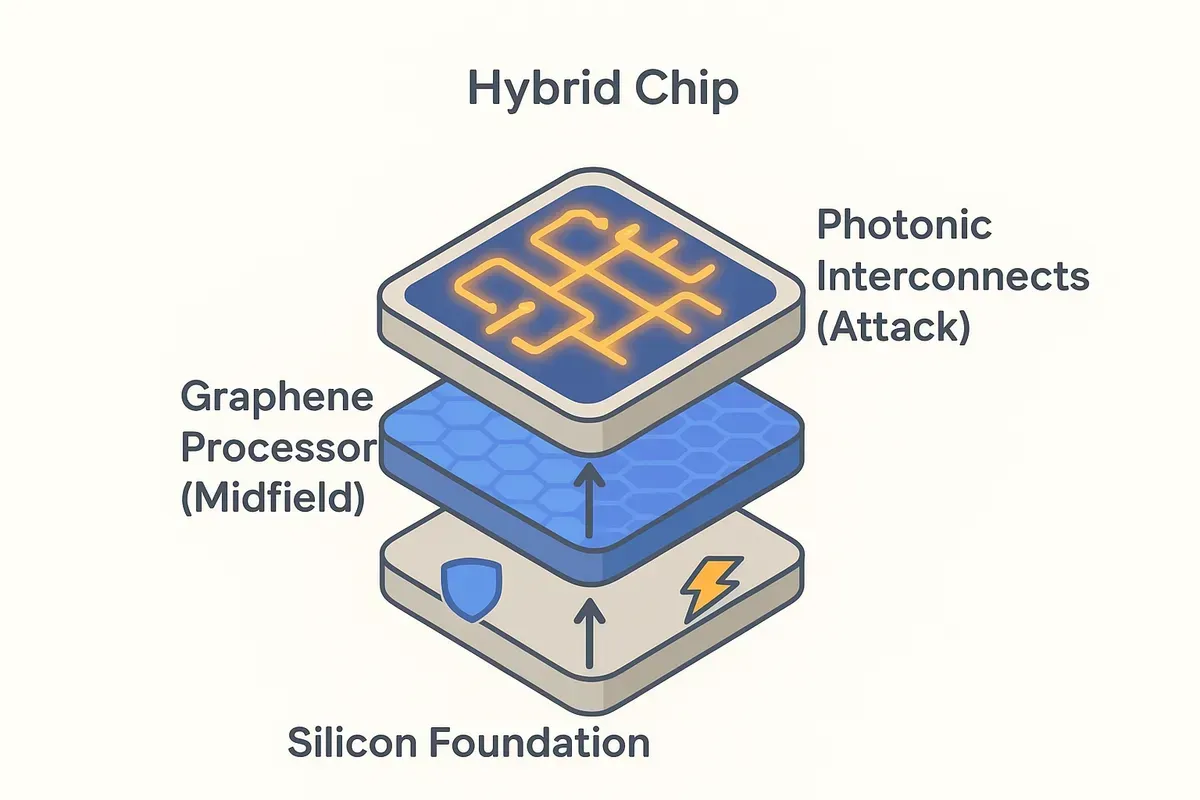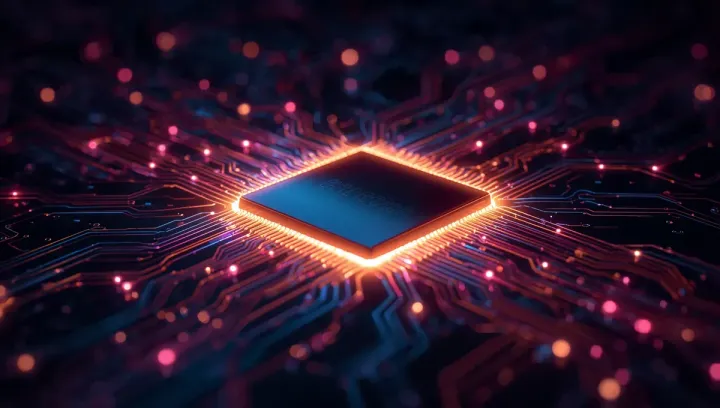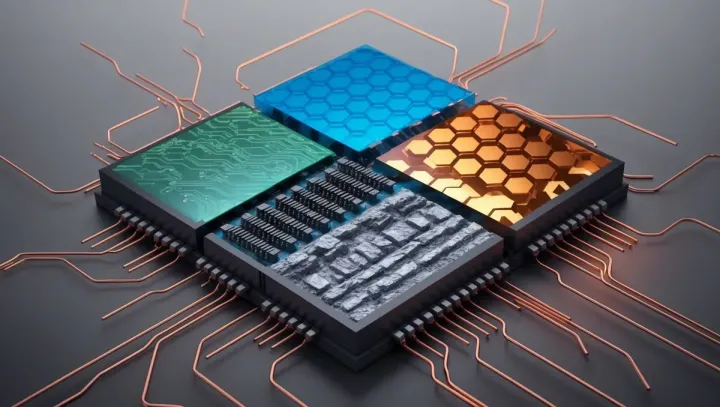
Future Chips: A Brain-Friendly Guide (Part 4) - The Perfect Recipe: Combining Graphene, Silicon & Photonics
There is No “One Ring to Rule Them All”
So far, we’ve met three major players in our chip saga:
- Silicon: the reliable veteran.
- Graphene & 2D Materials: the rising stars.
- Photonics: the pure speed of light.
It’s tempting to think that one of them will simply knock out the others and dominate the future. But the truth is, there is no single winner. The revolution won’t be a free-for-all, but a smart collaboration.
Each technology has its superpowers and its kryptonite:
-
Silicon:
- 👍 Pros: Cheap, robust, and the entire industry already knows how to use it.
- 👎 Cons: It’s hitting its physical limit in terms of speed and heat.
-
Graphene/2D:
- 👍 Pros: Incredibly fast, thin, and versatile for processing.
- 👎 Cons: Still difficult and expensive to manufacture perfectly at a large scale.
-
Photonics:
- 👍 Pros: Unbeatable for transporting data over long distances with speed and no heat.
- 👎 Cons: Not always the ideal tool for every type of local calculation.
The real breakthrough comes from the mix, from finding the perfect recipe.
The Chip Dream Team
Think of a football team. You wouldn’t field 11 strikers – you need defense, midfield, and attack. Inside a hybrid microchip, the logic is the same.

-
The Defense: Good Old Silicon
The strong and reliable defender. It forms the structural base of the chip, handling the parts that don’t require extreme speed – stable memory, controllers, essential functions. It’s the player that never fails.
-
The Midfield: Graphene, the Playmaker
The creative and agile playmaker. Graphene and other 2D materials move data quickly and process information with absurd efficiency in the chip’s core. They make the plays happen, connecting the defense to the attack.
-
The Attack: Photonics, the Light-Speed Striker
The fast and unstoppable striker. Whenever large volumes of data need to cross the chip without delay and without heat, photonics enters the field, building superhighways of light that score the goal of speed.
The Tech Symphony: The Hybrid Chip
When we bring these three players onto the same field, we get the Hybrid Chip. A single, tiny chip that combines the solidity of silicon, the agility of graphene, and the instantaneous connections of photonics.
As Ronnen Lovinger, CEO of DustPhotonics, puts it:
“Silicon photonics is to optics what semiconductors have been to electronics. It paves the way to smaller size, lower power consumption, and reduced costs.”
It’s not about replacing, but integrating. It’s literally turning the microchip into an orchestra of materials, each playing its part at the right moment.
🤓 Nerd Corner
This isn’t just theory! Silicon Valley startups are already betting big on this. Companies like Lightmatter and Luminous Computing (which is backed by Bill Gates) are developing hybrid photonic chips specifically to accelerate Artificial Intelligence, promising to overcome the energy and communication bottlenecks of current chips.
What’s Next?
In the next and final chapter, we’ll look beyond the lab and ask: How can this dream chip change your life? From phones that barely need charging to instant medical diagnostics. The future is not just faster – it’s about to become more tangible.
References:
- On the future of Silicon Photonics (DustPhotonics):
- Lightmatter (Photonic AI):
- Luminous Computing (Photonic AI):


